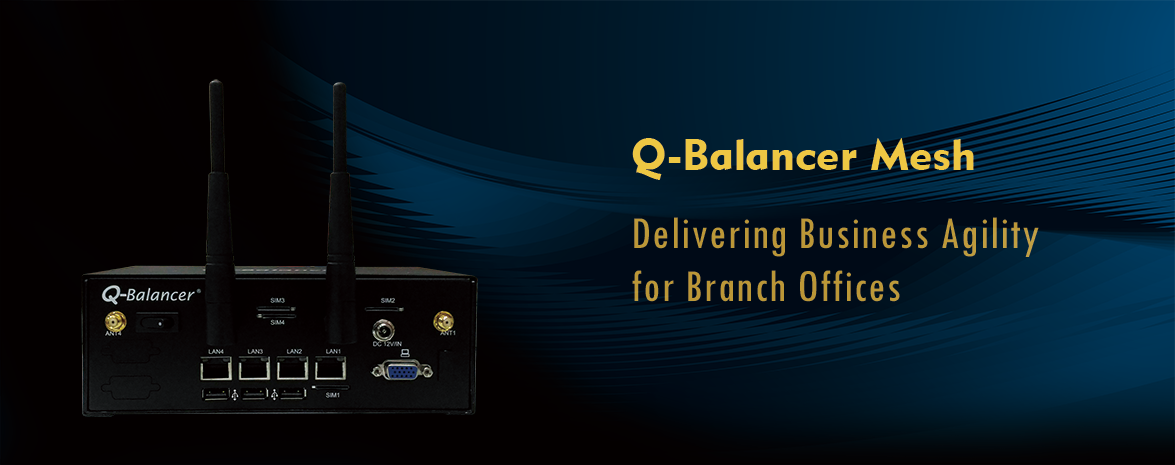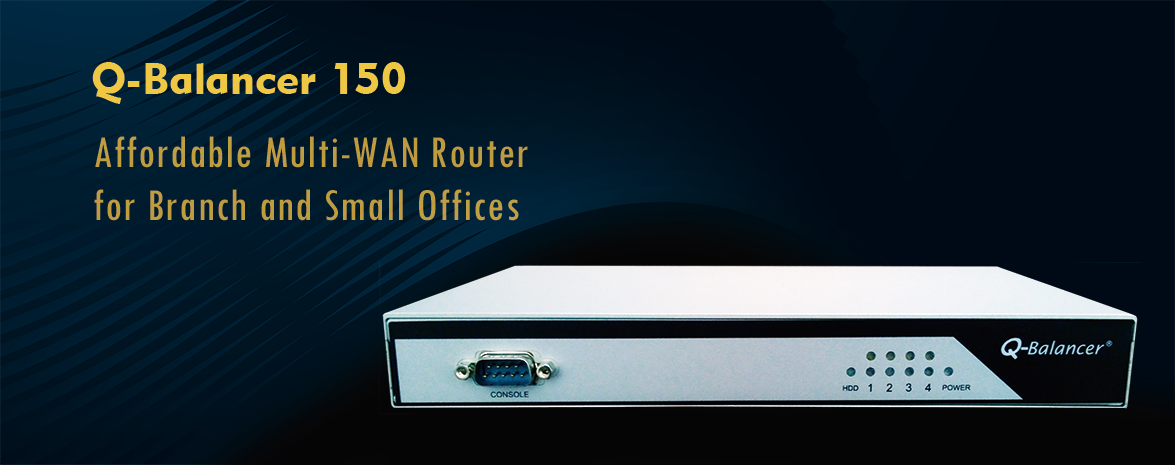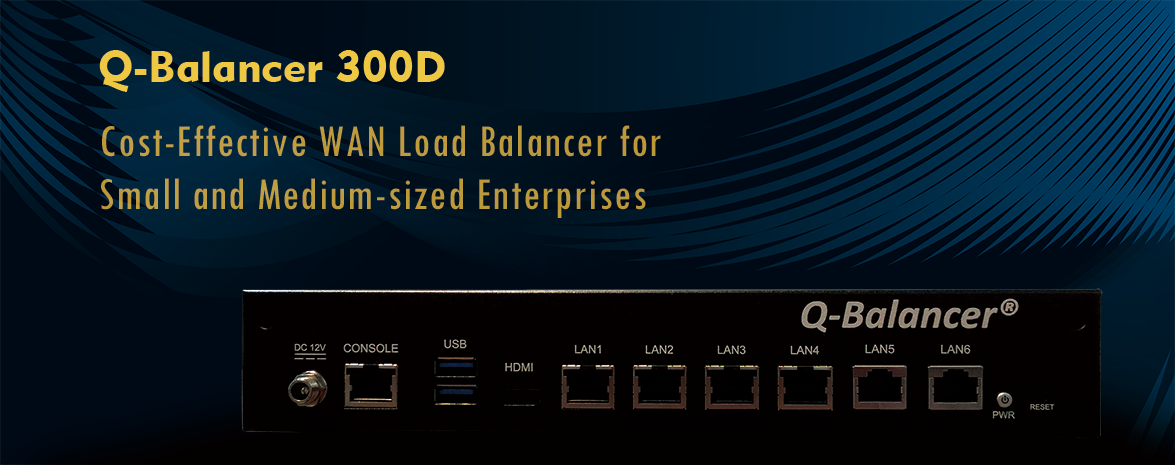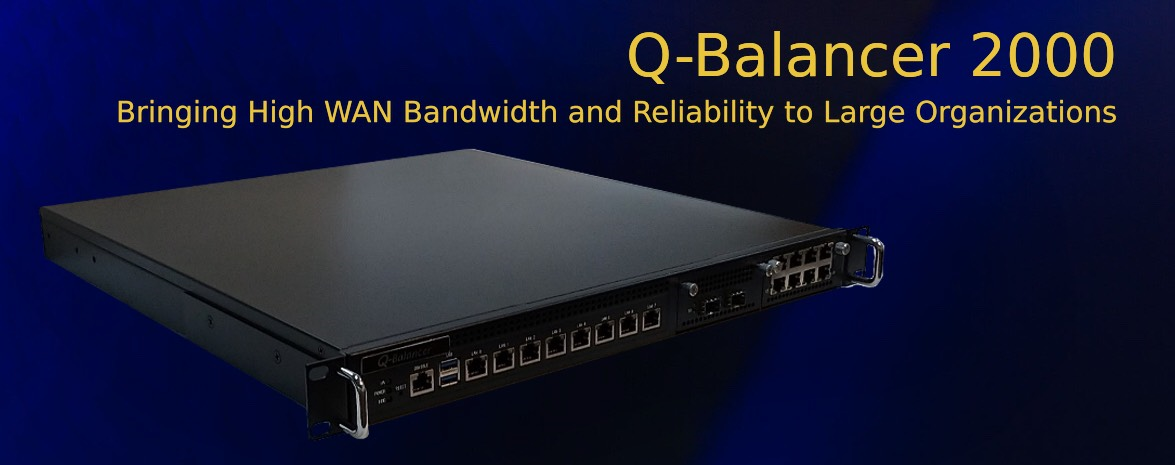Enhancing Redundancy and Flexibility for IP Routing
Imagine that you would be requested to add 2 different subnets to a network with 100 locations, in which each router communicate with each other via static route, because the management decided to open a new branch office. This labor-intensive manual modifications might be error-prone and a nightmare, and the process will be very long.
If the network uses dynamic route, your job would be much easier as it has an automatic process running between all routers. The routing protocols used in most business today were designed to solve the problem of endpoint accessibility in large networks. However, the access to an external site or external network through the best route learned via dynamic routing can still be disconnected in the event of a link outage or a port failure.
> Multi-WAN Dynamic Routing
Multi-WAN Dynamic Routing provides resiliency to dynamic routing protocols in a multi-WAN network. In a Q-Balancer SD-WAN network, a branch gateway device learns routes to external location from the routers on external networks, and the headend gateway device collects routing information and sends the learned routes to the other branch devices.
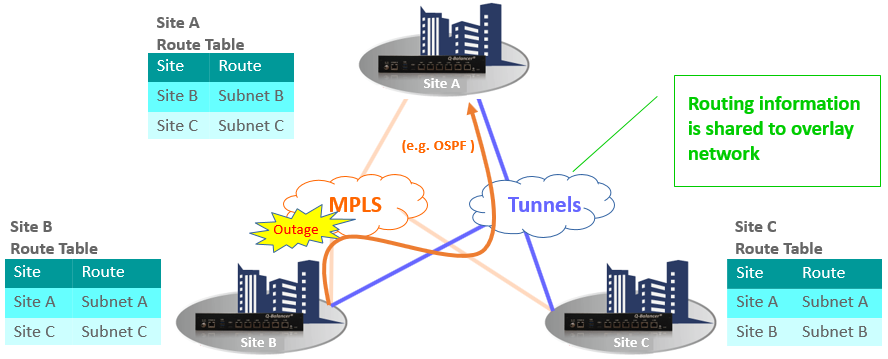
Multi-WAN Dynamic Routing
Q-Balancer branch device is able to remove individual route in the event of a link outage occurred on the primary WAN link, and learn the other route to access external networks. For example, as illustrated in the diagram above, the users of site B would be able to access site A through the route of overlay tunnels in case the MPLS link failed.
Top Benefits
> Better routing redundancy
> Improved security
> Reduced CapEx and OpEx
> Adding new WAN links without any ISP coordination



